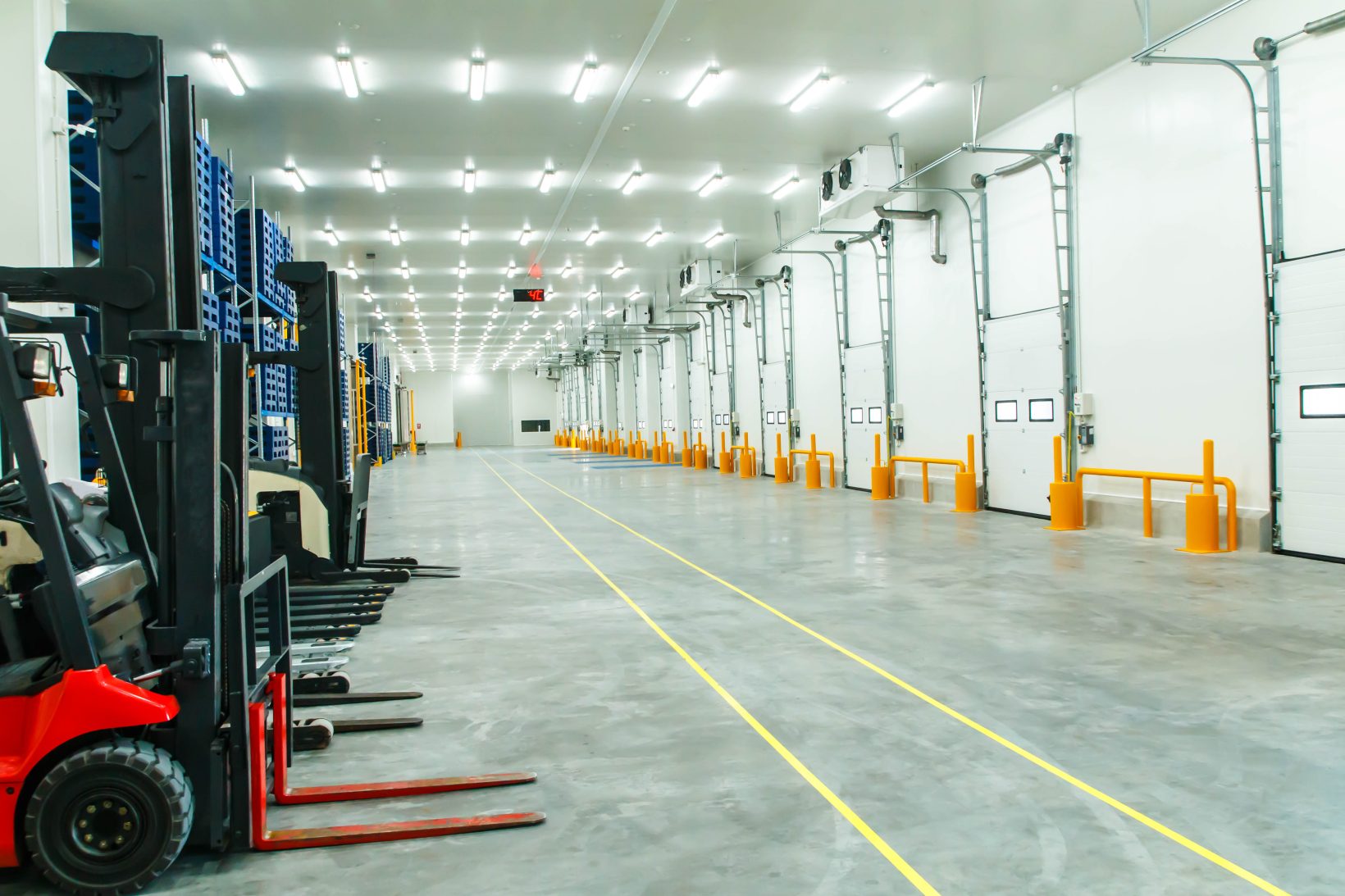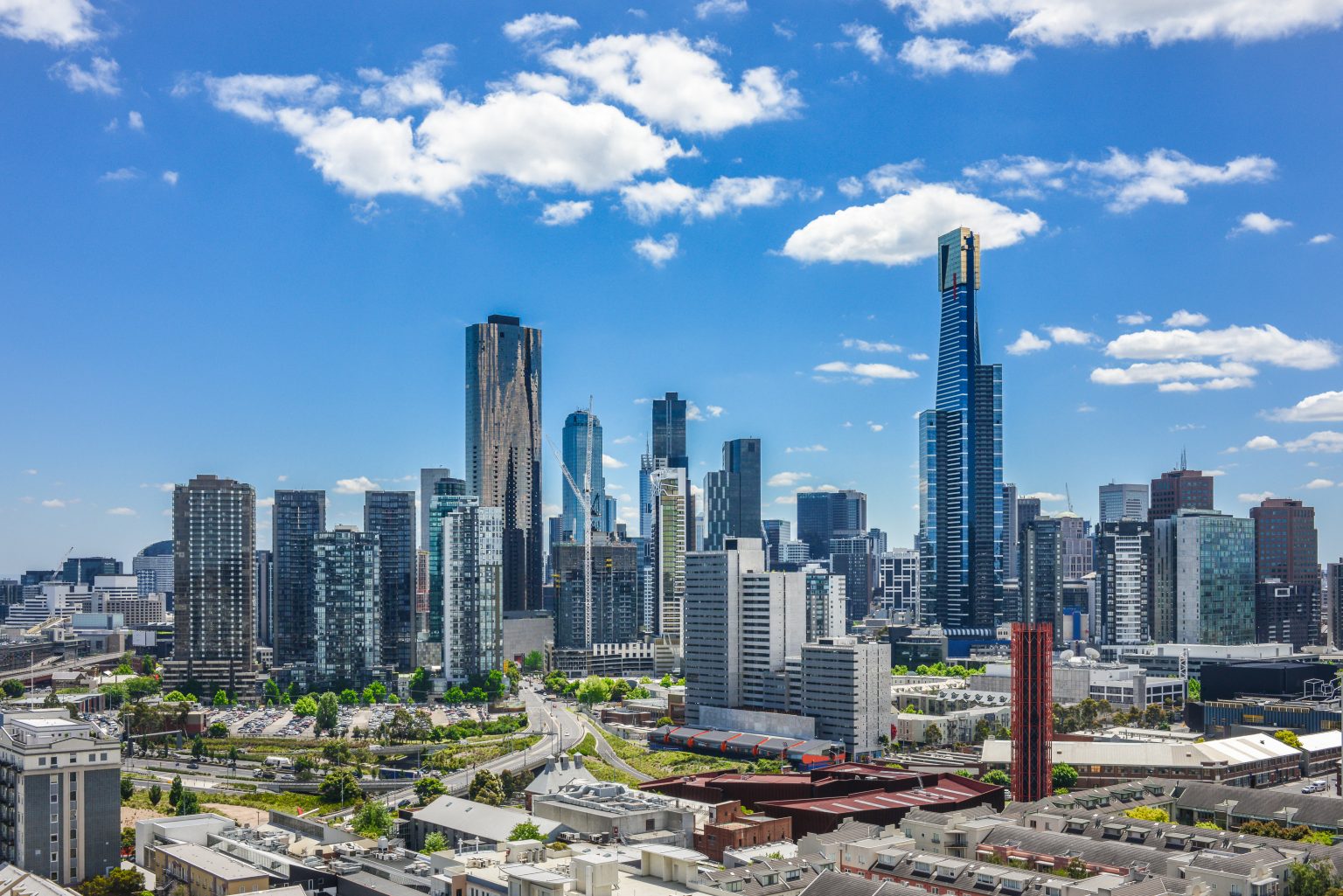 Coolclean is a Melbourne-based company that specialises in cool room and cooling equipment hygiene cleaning. Their primary focus is on food safety, food quality, increasing produce self-life, cooling performance, energy cost savings, and dependability. They have developed problem-solving expertise over the last 33 years, offering their customers cost- effective solutions along with important detailed service reports for food safety auditing.
Coolclean is a Melbourne-based company that specialises in cool room and cooling equipment hygiene cleaning. Their primary focus is on food safety, food quality, increasing produce self-life, cooling performance, energy cost savings, and dependability. They have developed problem-solving expertise over the last 33 years, offering their customers cost- effective solutions along with important detailed service reports for food safety auditing.
Cool rooms are an essential part of any business that deals with perishable goods, food items, or any products that require specific maintenance to stay fresh. The components that make up cool rooms play a vital role in ensuring that the cool room functions efficiently and maintains the required temperature.

To dive deeper into cool rooms and the cooling equipment components, we had the opportunity to chat with a Coolclean team Grant Nichols, Grant is the new Coolclean business manager.
Although Grant is new to Coolclean, he is not new to the industry, as he brings a wealth of knowledge in all things Cool rooms to this position. Grant has 25 years of experience as a food & beverage production hygiene specialist, cooling tower and cooling system manager, heavy industry, light industrial, power generation and commercial institutional applications. Was a qualified air conditioning and refrigeration mechanic with the air force so knows HVAC as well.
Cool room panels, surfaces, and cooling equipment
To learn more about cool rooms and the cooling equipment it’s important to understand the structure, the materials, the cooling equipment components that form the environment to chill what is stored within the room.
Cool rooms are typically constructed from insulated panels that are made from a variety of materials. The panels are designed to provide a barrier between the exterior outside conditions and the interior of the cool room to help maintain a consistent temperature.
The most common materials used for cool room panels include:
- Polystyrene: Polystyrene is a lightweight, rigid, and durable material that is commonly used in cool room construction. It has good insulation properties, which helps to maintain a consistent temperature in a cool room.
- Polyurethane: Polyurethane is a high-density foam that is also commonly used in cool room construction. It has excellent insulation properties and is resistant to moisture and chemicals.
- Polyisocyanurate: Polyisocyanurate is a type of foam insulation that is made from polyurethane and isocyanurate. It has good insulation properties and is also resistant to fire and moisture.
- Expanded polystyrene (EPS): EPS is a lightweight and durable material that is commonly used in cool room construction. It has good insulation properties and is also resistant to moisture.
Components of a cool room
- The insulation panels that are joint together and sealed to lock the cooled air within the walls and ceiling. Panels must be maintained through disinfection – cleaning and protection to stop bacteria damage in joints, chilled air leaks and water penetration into the foam material which expands.
- Air Curtain which is a system that blows chilled air over doorways to provide a seal between the varying temperatures on each side of the door in a cold store. The effective installation of these systems could help you and your company save energy, improve productivity, reduce hazards, and improve hygiene.
- Access doors are important components that allow people and vehicles to enter and exit the cool room while maintaining the desired temperature inside. Access doors are usually the quickest components to pick up dirt and mold as they receive the most traffic in and out.
- Fan coil units, evaporators, Penthouse units Alcove units and humidifiers are important equipment in cool rooms that help to maintain the desired temperature and humidity levels inside. Compressors and condensing units work together to compress refrigerant gas, remove heat from the gas, and then transfer the cooled refrigerant to the evaporator inside the cool room.

The cool room units that Coolclean optimize
- FAN COIL UNITS A fan cool unit is a type of refrigeration system that is designed to cool a room or space using a fan to circulate cool air. Fan coil units are used in cool stores, cold storage rooms, restaurant cool rooms, supermarket cool rooms, hospital cool rooms, food production cool rooms, food cool rooms and beverage cool rooms such as Dan Murphy’s or Liquorland, to keep the stored items at the desired temperature. Fan coil units are typically the most common type of unit you can find in many cool rooms.

- ALCOVE UNITS An alcove unit is designed to fit into an alcove or recessed space within a building. Alcove units are often used in food distribution cool rooms, and other food service establishments to store perishable food items such as meat, dairy products, and vegetables, Grant comments alcove units can actually store some fruit and vegetables for up to 2 years “it’s like putting them into hibernation”.

- PENTHOUSE UNITS A penthouse unit is designed to be installed on the roof of a building. Penthouse units are often used in commercial buildings like Coles, Aldi Woolworths, Lineage, Linfox, and other major cool store facilities.

Why keeping your cool room panels, surfaces, and cooling equipment clean is critical!
Failure to clean your cool room can result in several hazards that are not only incredibly dangerous but can also be extremely costly if left unattended to, Grant explained some of the most common hazards he comes across:
- Contamination: Without regular cleaning, the cool room can become a breeding ground for bacteria, mold, and other microorganisms. These microorganisms can not only contaminate the products stored in the cool room but also touch surfaces of forklifts, trucks, clothing, racking, pallets, leading to spoilage and potential health hazards like Listeriosis, Salmonellosis, Campylobacteriosis, E. coli infection and Botulism.
- Pest infestation: Dirt and debris that accumulate in the cool room can attract pests such as rodents and insects. These pests can damage the products stored in the cool room and contaminate them with bacteria and other harmful substances.
- Malfunction of cooling systems: Dirt and debris can clog the cooling system in the cool room, reducing its efficiency and causing it to work harder to maintain the required temperature. This can lead to increased energy costs and potentially result in the breakdown of the cooling system. The compressors tend to fail if the fan coil units are clogged with bacteria and dirt, or seal blow causing expensive gas leaks.
- Cool room facility auditing – Noncompliance: An auditor or food and beverage inspector could potentially shut a facility down, or order that no goods are NOT to be sent to secondary food retail or wholesalers. Coles, Woolworths, Aldi are inspecting facilities to ensure that bacteria and mould is not spread to their retail outlets, to protect their brands and their clients. The cold chain process is real, and it is critical that all facilities handling the food, produce or beverage is accountable for safely


Fan coil unit tray before cleaning Fan coil unit after cleaning
Grant mentioned, while there is no government regulation in Victoria that states cool rooms must be cleaned at regular intervals, cool room operators are now becoming very cautious of food and beverage safety within their facility. An audit failure could cost an operator millions of dollars in lost sales, fines, or loss of contracts.
Grant has said that the recommended time to clean cool rooms is around 6 months to a year to optimize the performance of the cool room. “Long term it is so much cheaper to have cool room experts maintain and clean your cool room regularly, it’s just worth it to have the peace of mind everything is kept safe and operational all year round, I can’t understand why people would risk their company, staff and customers lives, it’s like driving a vehicle without insurance”.
Benefits of cleaning cool room panels, surfaces, and cooling equipment
When learning more about keeping cool room panels, surfaces and components clean it’s important to also understand the benefits of how cool clean and makes you and your cool room life easier:
- The possibility of food spoilage is minimised.
- There are no contaminants or bacteria.
- Cleaning also ensures an accurate and consistent temperature.
- The smooth functioning of the system is ensured by the mold of air.
- The cooling capacity of the system is also increased.
- units will perform better.
- units will last longer.

Coolclean trained technician cleaning the walls at a cool room facility

Cool room ceiling before and after cleaning
Coolclean are your cool room and cooling equipment experts (HACCP Certification)

Coolclean’s expertise is proven by their HACCP certification. They have been fully certified since 2018 (5 years), which means they have all the knowledge and experience needed also why they believe the HACCP certification is so important for not only the food industry but also the cool room storage industry and the cooling tower industry.
Coolclean’s HACCP Certification includes air handling units, ducted air conditioning, chillers, fan coil units, evaporators, exhaust fans, cooling towers, cool rooms, cold stores, cold storage facilities, and tank pits vessels.
The Coolclean on-site technicians have also completed the HACCP training course, ‘Introduction to Food Safety Concepts and its Application in Cleaning Cool Rooms and Refrigeration Equipment and as such have a huge depth of experience that really sets them apart.
As a result, all Coolclean services are certified as food-safe and suitable for meeting the cleaning and sanitisation needs of businesses operating a HACCP-based Food Safety Program.
Make sure your cool room is in the hands of the industry specialists give Grant or the guys at Coolclean a call! Coolclean cooling equipment system Hygiene experts are always looking out for their clients, providing the highest quality service possible and always making sure that Hygiene and health are always front of mind.
CONTACT US
Melbourne
Unit 21, 21-22 National Drive, Hallam VIC 3803
+61 03 8765 9500
service@coolclean.com.au





